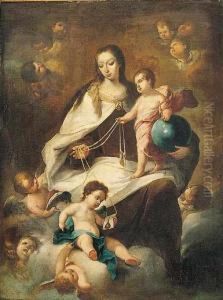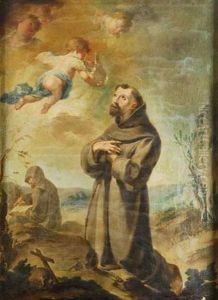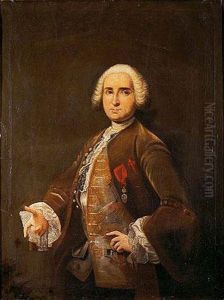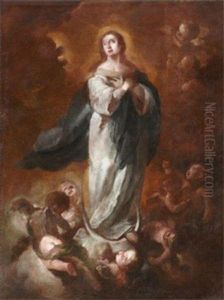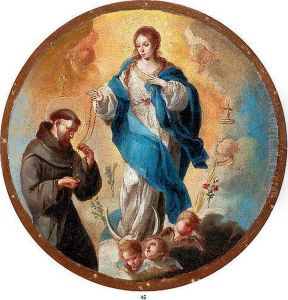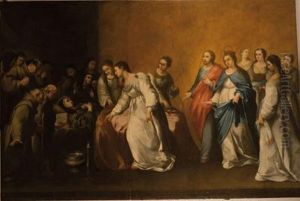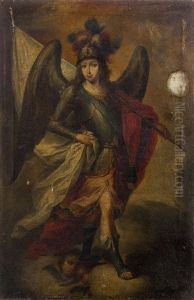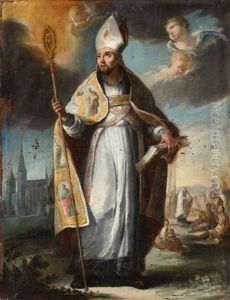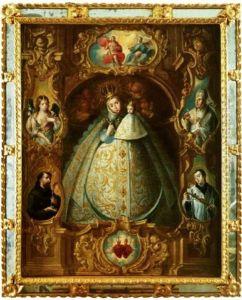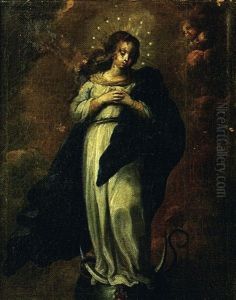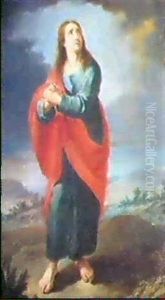Juan De Espinal Paintings
Juan de Espinal was a Spanish painter notable for his work during the 18th century. Born in Marchena, Seville Province, Spain, in 1714, Espinal developed his artistic skills in an era known as the late Baroque or Rococo period. His work was primarily influenced by the religious and cultural environment of Spain at the time, which was characterized by a strong Catholic identity and a taste for elaborate, decorative art.
Espinal's career was marked by his dedication to religious art, which was the dominant theme of the period in Spain. He painted numerous altarpieces, religious scenes, and portraits of ecclesiastical figures. His style was typical of the Rococo period, with its emphasis on lightness, grace, and ornamentation. Espinal's compositions often included soft colors, sinuous lines, and a sense of movement, which were all hallmarks of the Rococo aesthetic.
In 1748, Espinal moved to Seville, where he became a member of the Academy of Fine Arts and established himself as a skilled painter among the local art community. He was particularly known for his work in the Seville Cathedral and other religious institutions, where he contributed to the grand tradition of Spanish ecclesiastical art. His paintings can still be seen in various churches and cathedrals in Spain, serving as a testament to his skill and religious devotion.
Juan de Espinal's contribution to Spanish art was significant, yet he is not as widely recognized as some of his contemporaries, such as Francisco Goya or Diego Velázquez. Despite this, his work remains an important part of the Spanish artistic heritage, reflecting the religious fervor and the artistic trends of his time. Espinal passed away in 1778, leaving behind a legacy of religious paintings that continue to be admired for their craftsmanship and devotion.
